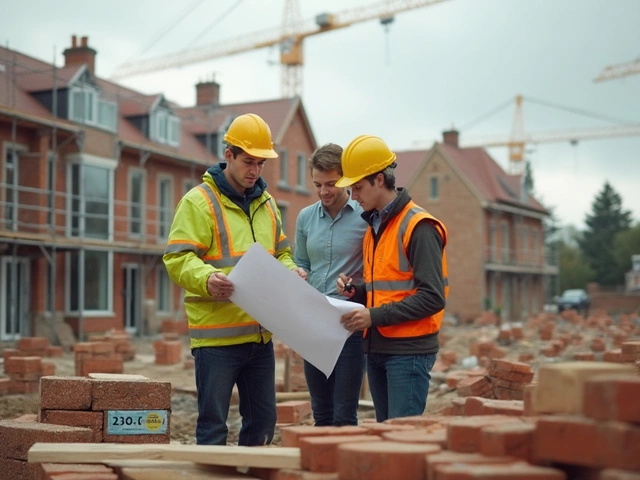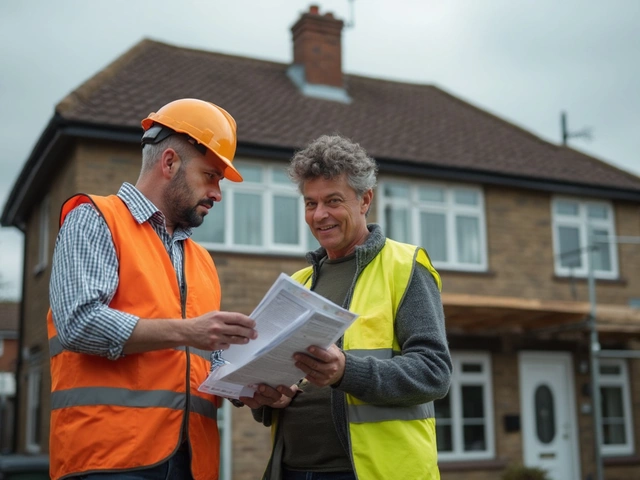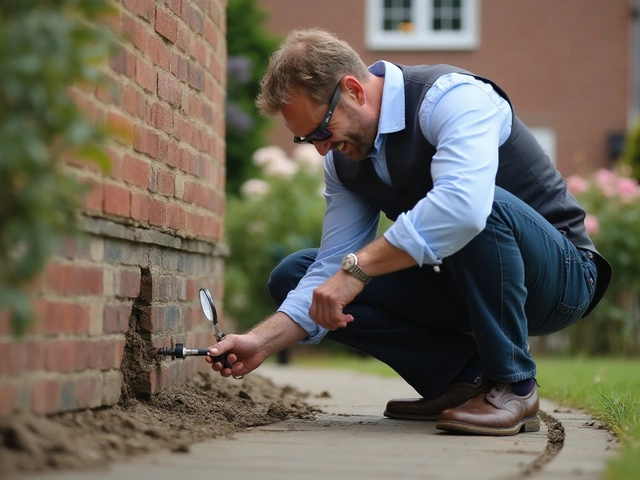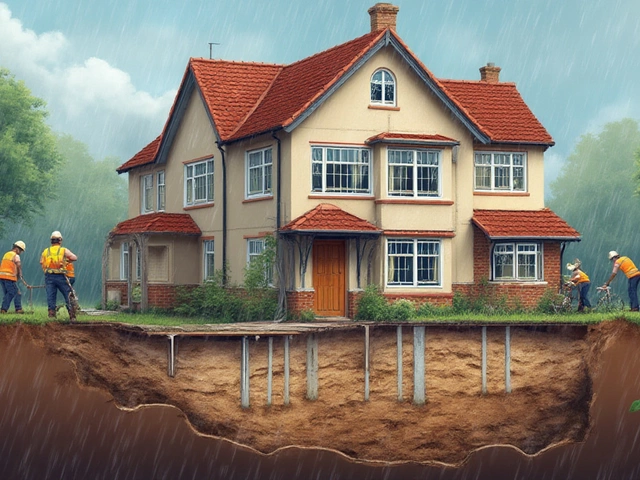Halifax Soil Types: The Basics Every Builder Should Know
If you’ve ever started a project in Halifax, you’ve probably heard locals talk about the ground. The truth is, the soil underneath your building decides how strong your foundation will be and how much you’ll spend on preparation. Let’s break down the common soil types you’ll meet around Halifax and what they mean for construction.
What Soil Types Are Common in Halifax?
Most of the area sits on three main soil families: clay, sand‑based loam, and chalk‑limestone. Each one behaves differently when it gets wet or carries a load.
Clay holds water like a sponge. When it rains, the moisture expands, pushing against any slab or footing. If you let it dry out, it shrinks and can cause cracks. Builders often add extra drainage or use a lime‑stabilised mix to keep the clay from moving too much.
Sand‑based loam drains quickly and is easier to dig. It’s a good base for most houses, but it can shift if you don’t compact it well. A well‑compacted layer of crushed stone, like the limestone we supply, creates a stable platform.
Chalk‑limestone is the bedrock you’ll find under the topsoil in many Halifax spots. It’s hard and stable, which is great for foundations, but it can be uneven. When you hit limestone, you may need to use a deeper trench or a pile system to reach the solid layer.
How Soil Type Affects Your Foundation
Knowing the soil type tells you what preparation steps to take. With clay, you’ll often need a moisture‑control membrane and a wider footing to spread the load. Sand‑based loam works well with a standard concrete strip footing, but you must vibrate the concrete to remove air pockets.
When limestone is present, you might drill down to install pad footings or use lime‑treated aggregates for a stronger bond. Our quarry offers high‑quality limestone that mixes well with concrete, giving extra strength where the ground is rocky.
Testing the soil before you dig saves money. A simple borehole test or a slide‑test can tell you if you’re on clay or sand. If you’re not sure, hiring a local geotechnical engineer for a soil report is a smart move.
Don’t forget drainage. Even the best‑prepared foundation can suffer if water pools around it. A French drain or a perimeter gravel trench redirects water away from the wall footings. This works especially well on clay, where water tends to sit.
Finally, think about future changes. If you plan to add a second floor later, you’ll need a stronger base now. Building on solid ground from the start avoids costly reinforcement later.
In short, identify your soil, choose the right preparation method, and use quality materials like our locally sourced limestone. That way, your Halifax build will stay solid for years to come.
Best Foundation Repair Methods: Your Complete Guide to Home Stability
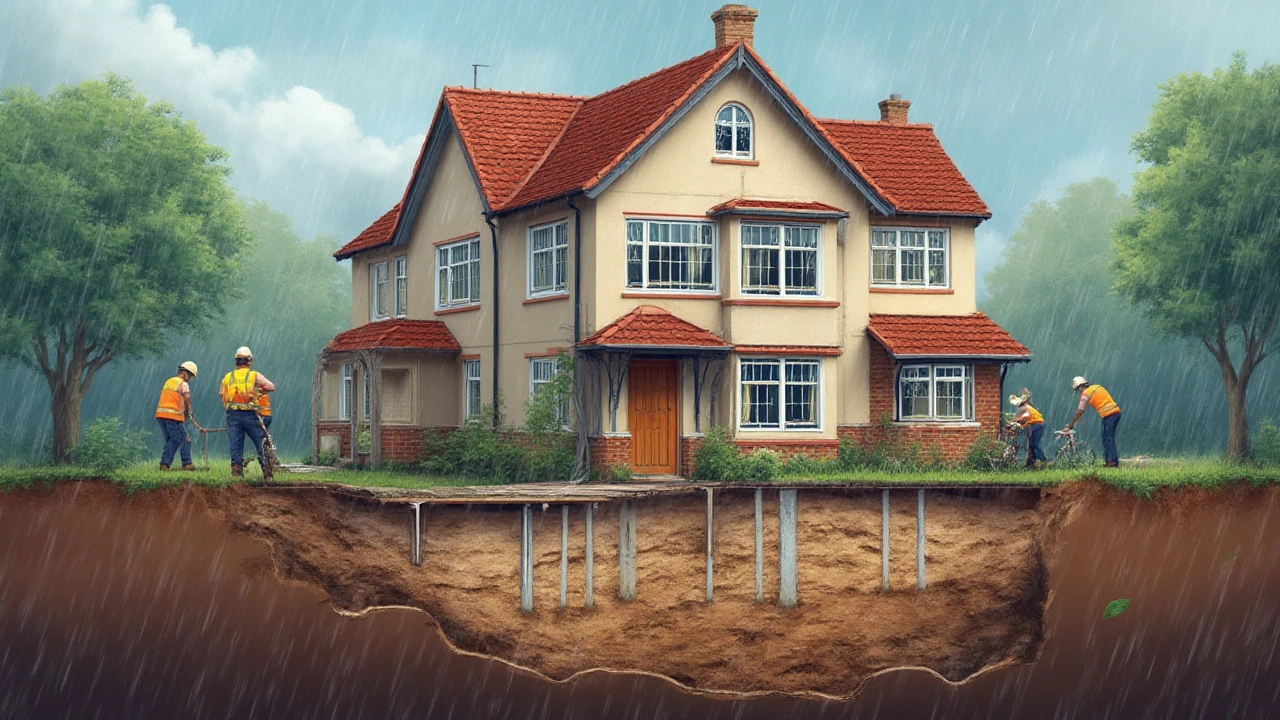
Looking at the best methods for foundation repair, and which choices actually keep your home safe, dry, and value-strong. Get reliable, up-to-date info here.
read more